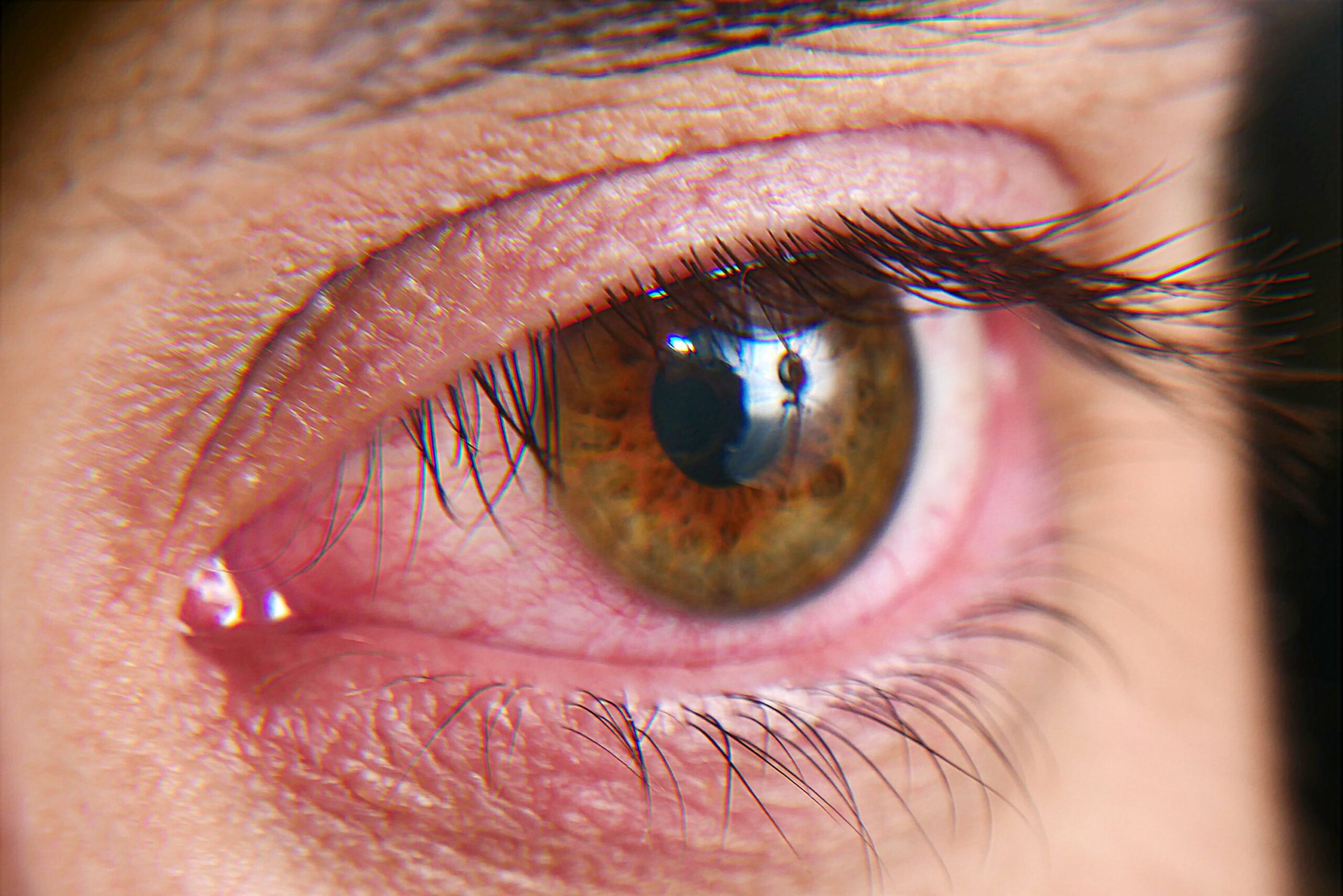Dry eyes syndrome is a common condition that affects the eyes. The tears we produce are made up of three layers: an oily outer layer, a watery middle layer, and an inner mucus layer. In some cases, glands in the eyes can become inflamed and stop producing tears. This leads to dry eyes syndrome. This condition is more common in people over 50 and in women.
Symptoms
Dry eyes syndrome is a condition in which the tears produced by the eye are insufficient. There are several factors that can cause this condition. One of these is age, because tear production decreases with age. Another factor is certain medicines. Inflammation of the eyelid glands can also cause tear production to be insufficient. Air pollution, using mobile phones, and prolonged staring can also cause dry eye syndrome. It’s also important to avoid direct exposure to air conditioning because the air conditioning can cause dry eyes.
Symptoms of dry eyes syndrome include a scratchy or gritty feeling in the eye. It can be painful, and you may notice a film in the eye. Your vision may also be blurry or distorted. If you’re experiencing any of these symptoms, you may want to visit a doctor. Using lubricating ointments on the eyelids can also help. But they can also blur your vision, so you should use them sparingly.
Dry eyes syndrome can make it difficult for you to perform even the most basic activities. You may find it difficult to read a book or do other things, and it can affect your quality of life. To help relieve your symptoms, keep your eyes moist. Avoid using hair dryers and blowing air near your face. Also, make sure to wear protective eyewear. Using a humidifier can help, too, as this will add moisture to dry air. And finally, if you are a computer user, keep your computer screen below your eye level.
Symptoms of dry eyes are common and can be caused by a variety of conditions. If the condition affects your eyesight, you should consult an eye care professional to get a proper diagnosis. Treatments for dry eyes syndrome may involve a combination of lifestyle changes and prescription eye drops. You may need to use these treatments for a long time. If they don’t work, you may need to visit an ophthalmologist or contact a dry eyes specialist.
Dry eyes syndrome can also be diagnosed by a comprehensive eye exam. A doctor will look for signs of dryness and irregular tear films. An ophthalmologist will also examine your eyelids to check for inflammation and plugging of the natural oil glands. After confirming a diagnosis, your doctor may prescribe prescription eye drops or a punctal plug to keep tears from draining from the eye.
Treatments
Dry eyes syndrome is caused by a number of causes including environmental factors and certain medicines. People living in dry climates are more prone to developing this condition. Smoke and wind are also known to aggravate the problem. People using contact lenses are also at risk. Some refractive eye surgery procedures can also decrease tear production. If left untreated, advanced dry eyes symptoms can damage the front surface of the eye and impair vision.
While many environmental factors can cause temporary dry eye, chronic dry eye is often caused by underlying conditions, including diseases of the eye glands. Other causes may include allergies and skin diseases near the eyes. Treatment for dry eye can involve natural remedies and prescription medications. It is recommended to consult a professional before starting any treatment.
The first step in identifying a dry eye disorder is a comprehensive eye exam. Your doctor will look at your eyelids and the cornea and examine how your eyes blink. You will also undergo a tear breakup time test, which is a painless procedure that measures the stability of the tear film. In this test, a dye is placed onto the front surface of the eye. This dye is then absorbed by the tear film.
Other dry eye syndrome treatments include lifestyle changes to prevent or reduce the symptoms. To reduce the symptoms of dry eye syndrome, you should avoid activities that cause irritation to the eyes. Also, you should wear protective eyewear when you are outdoors. Additionally, you should consider taking omega-3 fatty acid supplements. These supplements are common and can help reduce inflammation in the eye, which helps increase the quantity and quality of tears.
The use of prescription eye drops can also help to alleviate the symptoms of dry eye. These medications are often anti-inflammatory and are recommended for long-term use. These medications can also reduce inflammation in the lacrimal gland, which produces tears. Once you begin the treatment, symptoms may gradually improve, but it can take months to completely cure dry eyes syndrome.
Other symptoms of dry eyes syndrome include irritability, tired eyes, and itching. In addition, chronic inflammation in the tear glands can lead to permanent damage to the tear film.
Prevention
If you suffer from dry eyes, prevent the symptoms by avoiding certain environmental factors. One of the most common culprits is wind. Similarly, low humidity and hair dryers can cause dry eye. To combat these conditions, use a humidifier or wrap-around glasses. Also, avoid smoking. In addition, take frequent breaks to drink water. Taking vitamins may also help.
A regular schedule of eye rests is also important. Close your eyes for a few minutes and blink frequently. This will help spread the tears evenly. Also, stay aware of the environment around you. Extremely dry environments can make your eyes swell and become painful. This is especially important if you are traveling in high altitudes, desert areas, or on an airplane.
Certain medications can increase the risk of dry eyes. They may also inhibit the production of tears. If this is a severe problem, a doctor may insert a special plug into the tear ducts. In severe cases, a doctor may even perform surgery to remove the blockage in the tear ducts. In addition, bacteria on the eyelid margins can cause eyelid inflammation and crusting. The inflammation can also lead to dry eye symptoms.
Another way to prevent dry eyes is to blink frequently and avoid prolonged periods of screen time. Other causes of dry eye include exposure to wind and smoke, prolonged use of contact lenses, and eye surgery. In severe cases, dry eyes can damage the front surface of the eye, impairing vision. Therefore, it is essential to protect your eyes from dryness and dry eyes syndrome.
Using artificial tears is also a good option for mild cases of dry eye. Over-the-counter artificial tears are available without a prescription, and you can use them as needed to supplement the natural tears in your eyes. It is important to try a few different brands before finding the best one for you. If you have sensitive eyes, you may want to opt for preservative-free solutions.
Another important way to prevent dry eyes syndrome is to reduce your intake of certain proinflammatory cytokines. These include substance P and calcitonin gene-related peptide (CGRP). These two neurotransmitters promote inflammation and recruit local lymphocytes. CGRP and nerve growth factor levels are directly related to the severity of dry eyes. They are also known to act on a pathway called the nuclear factor of activated T cells (NF-kB), which leads to the expression of several molecules, including VCAM-1.

